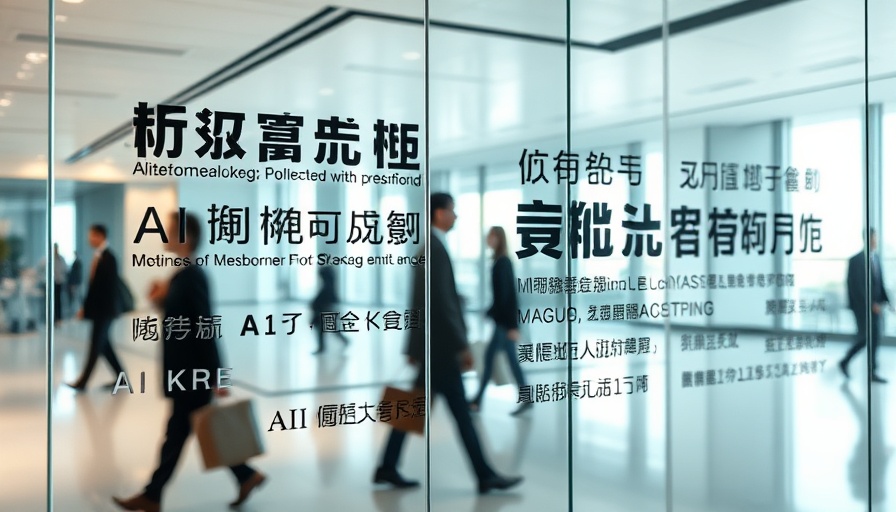
China's Open-Source AI Revolution: A Double-Edged Sword
In the burgeoning world of artificial intelligence (AI), China is carving out a reputation for its embrace of open-source technology. This revolutionary shift, symbolized by the recent release of DeepSeek's powerful language model, raises crucial questions: Is this approach sustainable? What are the implications for the global AI landscape?
Unpacking Open-Source AI
Open source, in the realm of AI, invites users to freely utilize, alter, and share software. In contrast to proprietary models that guard their training data like state secrets, China’s open-source offerings are based on collaboration and shared knowledge. Notably, the CEO of DeepSeek, a company specializing in AI innovation, has expressed the philosophy that sharing tools accelerates progress across the industry. However, as Meta's AI chief Yann LeCun pointed out, the rise of open-source models prompts a reevaluation of whether China is truly outpacing the United States in the technological race: "Open source models are surpassing proprietary ones," he stated.
The Technological Barrier
China's openness in adopting this approach is perhaps driven by necessity. With U.S. restrictions limiting access to high-end AI chips produced by Nvidia, companies such as Alibaba and Tencent must rely on alternative methods to stay competitive. They are increasingly pooling resources to develop open-source technologies, potentially leveling the playing field with restrictions imposed by other nations.
The Stakes of Rapid Development
As firms like Baidu and Ant continue to innovate, the stakes grow higher in this race to leverage AI technologies. A significant concern is the pace of progress. Rapid deployment of less sophisticated models may provide short-term solutions, but could it lead to longer-term vulnerabilities? This approach may compromise the robustness and ethical considerations in developing AI technologies.
Global AI Supply Chain Dynamics
China’s reliance on open-source systems also highlights the evolving dynamics of the global AI supply chain. By building upon existing architectures developed elsewhere, these companies circumvent limitations imposed by geopolitical tensions. For instance, Ant has successfully utilized locally-produced chips for AI training, achieving results comparable to those obtained with high-end, imported chips. Such ingenuity demonstrates China's ability to innovate despite challenges, but it raises apprehensions about the nation’s intentions regarding AI deployment and surveillance.
Cultural and Economic Implications
Open-source AI is not merely a technical shift; it carries profound cultural and economic implications. Within China, this collaborative approach towards technology fosters innovation and inclusivity, allowing startups and smaller firms a fighting chance against industry giants. Meanwhile, the potential for AI to disrupt existing labor markets and traditional industries cannot be overlooked. The hope remains that open-source development might lead to more ethical and transparent AI practices, but this aspiration is still fraught with challenges.
The Future of Open-Source AI: A Double-Edged Sword?
As the world watches China delve deeper into the open-source AI landscape, the sustainable duration of this trend remains uncertain. Will the country be able to maintain this level of innovation in the face of growing international tensions? Or will political factors force a shift back to more secretive proprietary models? The answer could shape the future landscape of AI globally.
For AI enthusiasts invested in the ongoing evolution of technology, it's crucial to stay abreast of these developments. As innovations unfold, they can shape not only market trends but also societal norms surrounding the use of technology.
Stay updated with the latest insights on AI and be part of the discussion surrounding its future. Embrace the open-source movement and continue to explore how these changes may affect your engagement with technology today.
 Add Row
Add Row  Add
Add 




 Add Row
Add Row  Add
Add 

Write A Comment